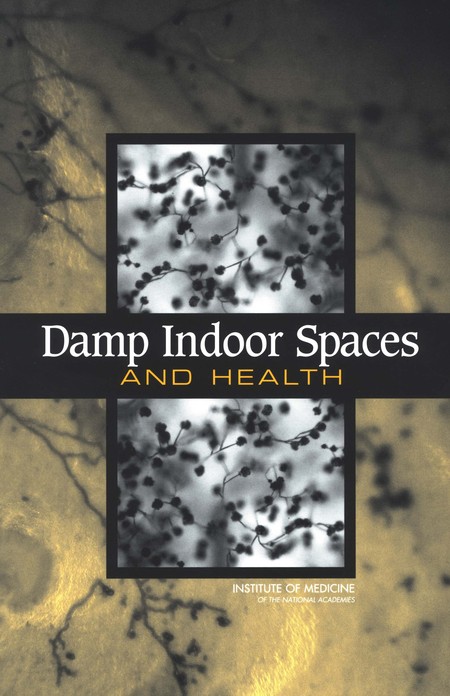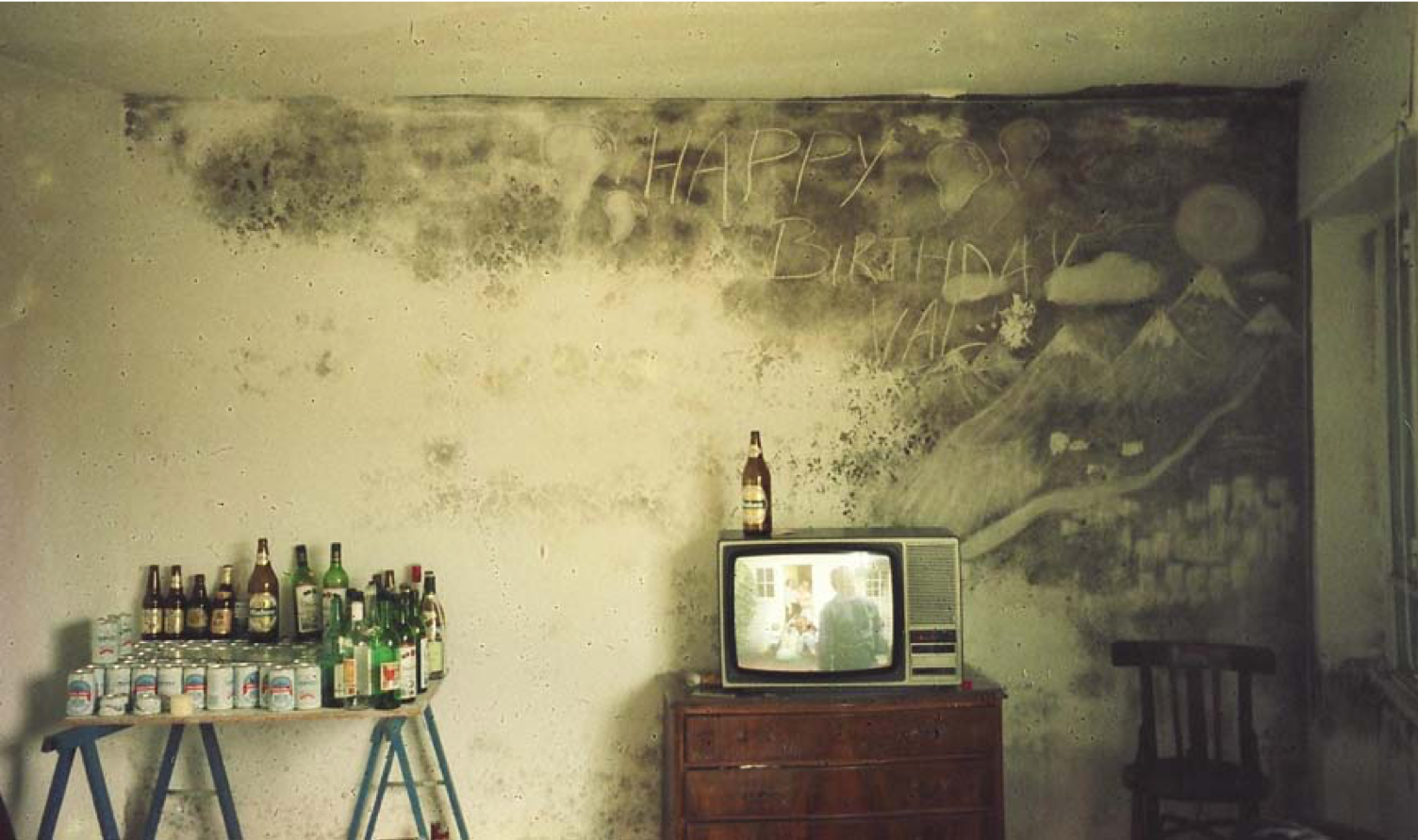Podcast: Play in new window | Download | Embed
Terry Brennan literally wrote the book on managing moisture for improved indoor air quality. He is a lead author of a landmark 2013 Environmental Protection Agency book titled “Moisture Control for Building Design, Construction and Maintenance” which has since become a standard reference document in the industry in the US.

In November 2018, Terry visited Australia as a keynote speaker for The Building Designers Association of Australia (BDAA) and Australian Institute of Refrigeration, Air Conditioning and Heating (AIRAH). We took this opportunity to bring Terry to New Zealand for a short visit and workshop at the pro clima HUB, where I caught up with him for a chat about building science, mould and how to build better.
From Bricks to Physics
Terry started as a masonry labourer on building sites helping bricklayers and stonemasons. He worked his way up to running his own construction company, but was always very inquisitive. Following his passion for questioning and measuring things Terry went to university and trained as a physicist.
Building Science
Terry first heard the terms “building physics” and “building science” during a forum on R-values in 1984. Prior to this ‘building science’ wasn’t really a ‘thing’ in the US. It was a couple of Europeans who offered this label after Terry explained to them what is was he did.
This is about where we are now in New Zealand and Australia. Building science is starting to become a thing. And it’s a worthwhile, important pursuit. Building science can also be quite tricky, explains Terry. It’s more tricky than rocket science. In building science, there’s uncertainty on the outside due to climate. There’s uncertainly on the inside due to occupants.
Energy and Health
The initial drive for improving buildings in the US in the late 1970s, was energy efficiency. People suddenly become aware of their energy use as a result of the fuel crisis. This created an industry for insulating homes and making them airtight in order to reduce heating costs. But as Terry points out, there were some unintended consequences.
Sealing buildings has some positive outcomes such as keeping insects out and making the building quieter. It also solves some moisture problems in the structure of the building by controlling the flow of water vapour.
But airtightness done in insolation can also produced negative results, such as mould.
Eventually the price of fuel stabilised. But by this time people started to get interested in these other side effects of improved airtightness.
The Importance of Airtightness
Terry explains that airtightness is a necessary pre-condition for making insulation and vapour control work well. A wall, a roof or a floor can have beautifully installed insulation, but if air is free to move through the layer, then heat and moisture will be easily transported through the layer.
Buildings Should Be Able to Breathe
I hear this objection to airtightness from quite a few people. “Buildings should be able to breathe”. This is true, and the objection is not new. People said the same thing in the States (and Europe) when consultants like Terry started advocating for airtightness.
Terry explains that buildings should breathe through specific places and by design, not through infiltration by accident.
“Yes, buildings should be able to breathe, but I want them to breathe in special places. I don’t want them to breathe accidentally through the wall or through the roof because that results in heating and cooling problems”. The whole house should breathe, either through windows or a ventilation system, but individual parts of the house such as walls, roofs and floors, should be airtight.
This is similar to humans. We breathe through very specific holes in our body. We don’t breathe through our skin. (Transpiration and perspiration is different. Moisture flows, but not air.) If we had air leakage holes in our skin, we’d have a serious medical problem!
Managing Moisture to Reduce Mould
Mould requires three things to grow. It starts with spores and these are everywhere. Without mould spores we wouldn’t have wine, beer, cheese… Not all mould is bad!
Secondly, mould needs a nutrient source. There are plenty of these in most buildings. Most moulds really like eating cellulose material, such as the paper lining of plasterboard that we line the inside of our houses with.
The third requirement is moisture, and it’s moisture that we have the most control over when it comes to reducing mould growth. Hence controlling moisture is the primary focus for anyone interested in creating healthier indoor environments.
From Curiosity to Consulting
Terry started making measurements of the buildings he was working on when he was in construction. He also started researching and writing papers on his findings. Soon others started to take notice, including the US Environmental Protection Agency and eventually Terry started consulting on indoor air quality.
Terry was invited to sit on the Institute of Medicine; Board on Health Promotion and Disease Prevention; Committee on Damp Indoor Spaces and Health. In 2004 this committee produced the publication Damp Indoor Spaces and Health, which is available as a free download.

Today, Terry runs Camroden Associates and he’s an international speaker, educator and renowned building scientist. His story is a great example of someone creating their own future by following their passion.

Leave a Reply